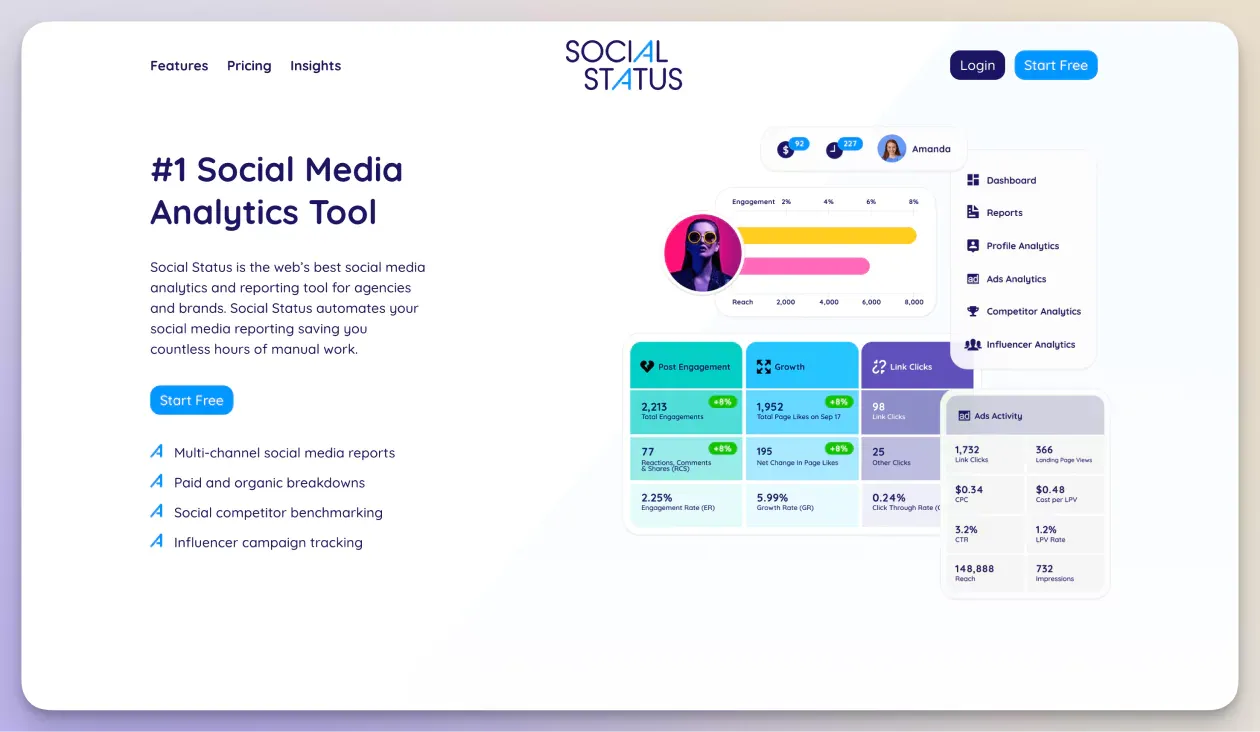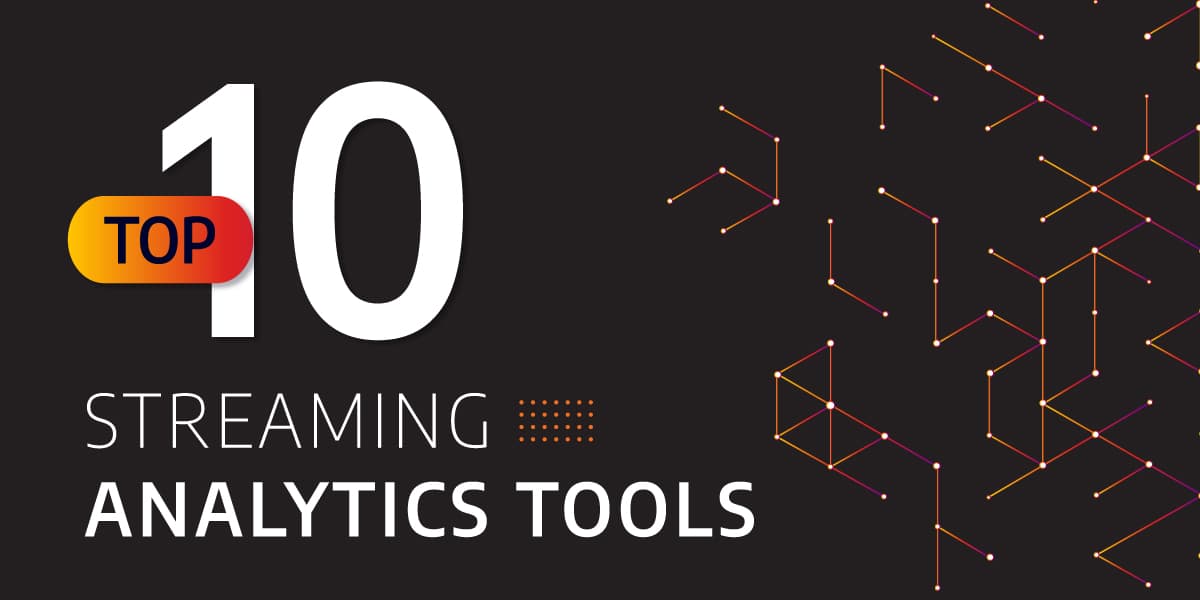Increase Efficiency and Earnings With Data Analytics
In today's data-driven landscape, companies are progressively acknowledging the critical role of information analytics in boosting operational performance and productivity. By methodically examining data, organizations can uncover important insights that educate tactical decisions, enhance procedures, and tailor customer experiences (Analytics). However, the obstacle exists not only in the implementation of these analytical tools but also in recognizing exactly how to translate information into actionable end results. As we explore the subtleties of efficient data-driven strategies, the ramifications for both short-term gains and long-lasting success come to be progressively clear. What might these insights expose for your company?
Comprehending Data Analytics
In today's data-driven landscape, understanding information analytics is essential for organizations intending to boost operational effectiveness and drive earnings. Information analytics involves the methodical computational analysis of information collections to uncover patterns, correlations, and insights that notify decision-making. By utilizing numerous techniques, such as statistical analysis, device discovering, and anticipating modeling, companies can change raw data into actionable intelligence.
The process usually starts with information collection, where pertinent details is collected from multiple sources, consisting of transactional databases, client communications, and market patterns. This information is after that cleansed and arranged to make sure accuracy and consistency. As soon as the information is prepared, logical devices and software are made use of to envision the details and check out, allowing stakeholders to determine anomalies and trends.
Ultimately, understanding data analytics empowers companies to make enlightened decisions based on empirical evidence instead than intuition. It helps with targeted techniques that can enhance resource allocation, boost consumer satisfaction, and boost total efficiency. As organizations significantly acknowledge the value of data-driven understandings, a solid grasp of information analytics ends up being a crucial expertise for leaders and teams alike, positioning them for continual success in a competitive atmosphere.

Key Advantages for Companies
Organizations that leverage information analytics can unlock a multitude of advantages that considerably enhance their procedures and earnings. One of the main advantages is enhanced decision-making. Information analytics supplies actionable understandings acquired from real-time data, permitting businesses to make educated selections that align with market needs and customer choices.

Additionally, data analytics cultivates boosted customer experiences. By recognizing customer habits and choices, organizations can tailor their offerings, resulting in enhanced satisfaction and loyalty. This customized technique typically leads to higher conversion rates and repeat business.
Furthermore, data analytics enables companies to recognize arising patterns and possibilities. By remaining ahead of the curve, organizations can take advantage of new markets and innovations before their competitors.
Executing Data-Driven Techniques
Effective application of data-driven techniques calls for a comprehensive understanding of both business objectives and readily available information resources. Organizations must first specify their goals clearly, ensuring positioning between data initiatives and calculated purposes. This clarity makes it possible for groups to concentrate on appropriate metrics and understandings that drive decision-making.
Top quality data is necessary for exact analysis, as inadequate information can lead to illinformed approaches and lost sources - Analytics. Organizations needs to develop hop over to here processes for data collection, cleansing, and management to maintain information stability.
Moreover, cultivating a data-driven culture is vital. Staff members whatsoever levels need to be urged to leverage data in their everyday procedures. Training workshops and programs can improve information literacy, equipping staff to make informed choices based on analytical insights.
Devices and Technologies Review
A robust suite of technologies and devices is important for organizations intending to harness the full potential of information analytics. These tools help with the collection, processing, and visualization of look at this now information, enabling organizations to obtain actionable understandings.
At the fundamental degree, data administration systems such as SQL data sources and NoSQL systems give efficient data storage and access capacities. For information processing and evaluation, programs languages like Python and R, along with structures such as Apache Glow, allow intricate computations and artificial intelligence applications.
Visualization tools, consisting of Tableau and Power BI, transform raw information into user-friendly visual styles, making understandings easily accessible to stakeholders at all degrees. find out this here Furthermore, cloud-based systems like Google Cloud and AWS offer scalable storage and handling remedies, suiting the expanding volumes of data organizations experience.
For innovative analytics, predictive modeling and AI-driven solutions are progressively taken on, enabling companies to anticipate fads and boost decision-making processes. Integrating these tools right into existing process is extremely important; companies that successfully leverage this technology can substantially improve functional efficiency and drive productivity. Hence, purchasing the right tools and innovations is a tactical necessary for any kind of data-driven organization.
Study of Success
Leveraging data analytics has led countless companies to attain amazing improvements in performance and productivity. One notable instance is a big retail chain that executed anticipating analytics to maximize stock monitoring. By examining historical sales information and customer fads, the company lowered excess stock by 30%, bring about substantial price savings and enhanced capital.
Another instance can be discovered in the manufacturing field, where a leading auto manufacturer used data analytics to enhance its production processes. By keeping track of equipment performance in real-time, the company determined bottlenecks and ineffectiveness, leading to a 20% boost in general devices efficiency (OEE) This not only increased production rates however additionally reduced downtime and upkeep expenses.

These study highlight exactly how data analytics can drive critical decision-making, maximize processes, and inevitably enhance both effectiveness and profitability across various industries.
Verdict
In conclusion, the combination of data analytics into service operations provides substantial possibilities for improving performance and earnings. By methodically examining data, companies can determine inefficiencies, maximize consumer experiences, and make notified choices.
In today's data-driven landscape, understanding data analytics is essential for companies aiming to enhance functional efficiency and drive success. Data analytics entails the systematic computational evaluation of information sets to reveal patterns, correlations, and understandings that educate decision-making. Information analytics supplies workable understandings derived from real-time data, permitting companies to make informed options that align with market demands and customer preferences.
High-grade data is vital for accurate evaluation, as poor data can lead to misguided methods and squandered sources. Organizations has to establish processes for data collection, cleaning, and management to preserve information stability.